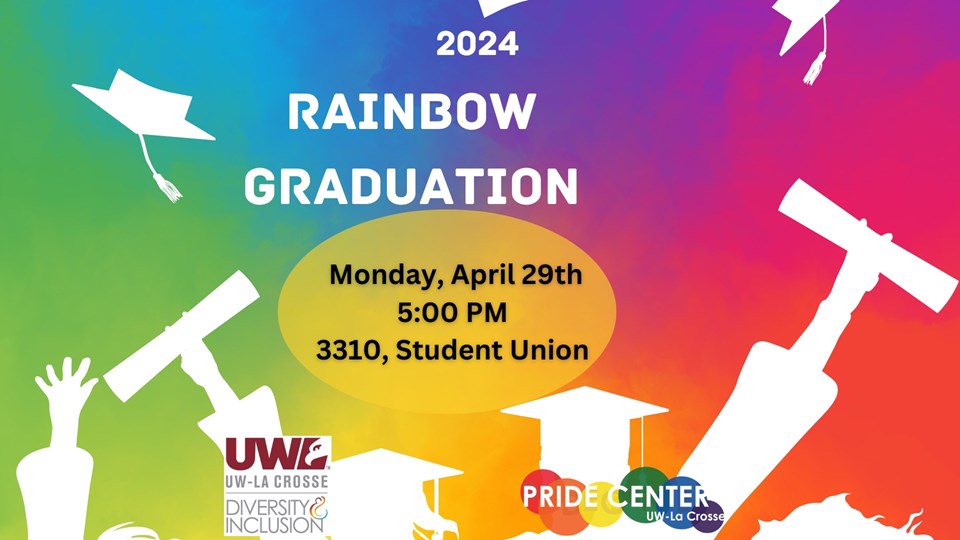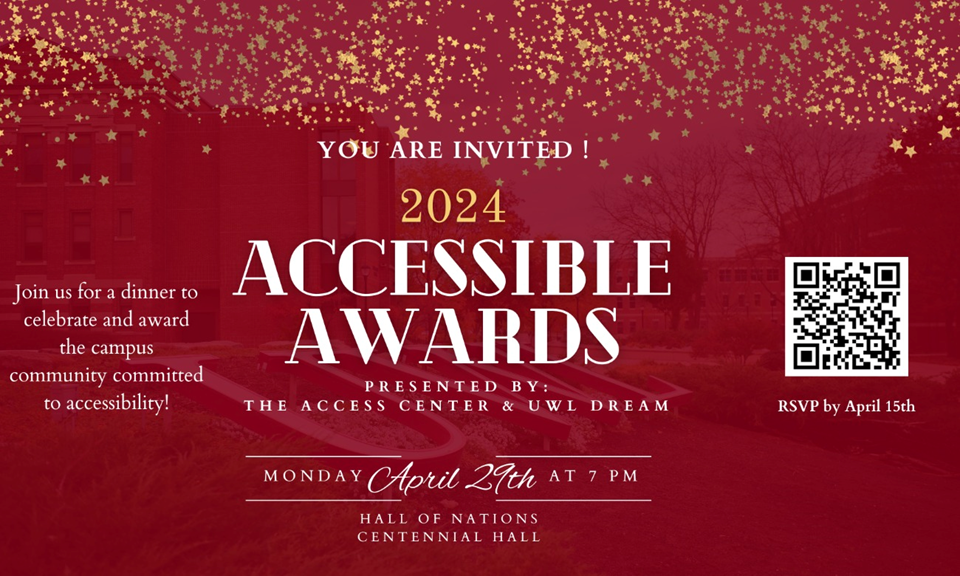Posted 8:46 a.m. Wednesday, Jan. 31, 2024

That Girl is Me: A Story Liberated from the Legacy of Apartheid
Upon reflecting on the quote by Octavia Butler, “Every story I create, creates me," on which this issue is based, I thought I would share parts of my story to this edition of Patchwork.
As a South African woman of Colour[1] my story is deeply embedded within the concepts of belonging and apartheid. Established in 1948, apartheid in South Africa created social stratification, and thereby segregation, on the basis of race[2] where social, economic, and political capital was prioritized to citizens in the following order: Whites, Indians, Coloureds, and Black Africans.
My parents were both categorized as “non-White,” and considered to be in an interracial marriage. The complications of their marriage based on their racial classifications prevented them from living together in specific areas of the country. My father reclassified himself as “Coloured” in order to live with my mother. As a result of their marriage, I was defined as “Coloured” by the apartheid government at the moment of my birth.
During my childhood, I struggled with feelings of belonging. Racial segregation deliberately embedded the notion that I was not good enough. I recognized at an early age that I was not valued as a member of society simply because the places I wanted to go were inaccessible to me. From the cinema to the beautiful beaches of Cape Town, these spaces were reserved only for White people. Even fundamental human functions were forbidden to me, including park benches and public restrooms with signage that read “Reserved for Whites Only.” It was clear early on that belonging was impossible in these spaces simply because the law labeled me as “Coloured”.
My education was also deeply impacted by apartheid. As I think back on my schooling, I see the story predetermined for girls like me in the subject choices we had—we were intended to become teachers and nurses, not engineers or doctors. The curriculum was carefully crafted to ensure specific outcomes for most People of Colour, limiting us in our career choices. My schooling ensured indoctrination into white supremacy—to think and behave in order to “fit in” to South African society.
During my time at school, I was taught to embrace the concept of “not being good enough” from some of my teachers and through the curriculum propelling racial isolation and separation. Yet, I persisted at the hands of my oppressors, despite the narrative they were forming for me without my consent.
As I moved on to University I recognized the honor and privilege of pursuing a postsecondary degree. Obtaining this level of education was an honor and privilege that many “Coloured,” “Indian,” and “Black” students were not granted. I was one of the lucky few of my generation who managed to attend university. I completed my undergraduate and Honors degrees in Education with limited support in the university setting. It was during these formative years that I discovered my limitations were not a choice, but were placed on me by those who had power.
Apartheid ended in the early 1990’s which enabled me to become braver in my own journey of belonging. While the legal risks of participating in attaining liberation were eliminated, the social and economic legacy of apartheid continued. I began rejecting the label of being “Coloured” and saw myself as Black. The label of “Coloured” was a racial identity which was imposed on me, not chosen. I began to question my identity and the stories I once believed were true. The stories ingrained questions like, “Am I good enough?”, and “Why did they choose me?” The self-doubt was a result of narratives created for People of Colour as one of the outcomes of apartheid. This narrative no longer made sense to me. As Tatum (2019: 90) notes:
Who am I now? Who was I before? and Who will I become? Integrating one’s past, present, and future into a cohesive, unified sense of self is a complex task that begins in adolescence and continues for a lifetime.
I wrestled with my identity during this time, cross examining what chapters of my story were mine versus my oppressors.'
I unlearned stories which had been written for me as a woman of colour in the first 24 years of my life. I had to shed the shackles of apartheid, bound up in my self-worth and self-love. It is a conscious and daily unlearning in my life as a woman of colour.
I am now in the United States, and this time I am narrating this chapter of my story. This is a chapter of taking risks, daring to leave, and grasping onto opportunities despite what I had been conditioned to think all my life. My story is about not allowing myself to become a victim of an oppressive system alongside modeling to my children that there are no barriers to their dreams. I cannot allow the narrative of not being worthy enough or not belonging to continue, because if I do, the architects of apartheid win. Their goals of apartheid are achieved. Sadly, I have experienced that the legacy of apartheid lives on in South Africa, and I am determined to rise up, and realize my dreams in order to disrupt false narratives developed for women of my generation.
As I look back over my shoulder, I see a little girl filled with hope and wonder at the world, but as she grows up, she realizes that all is not as it should be. She does not have the ability to question, so she moves to acceptance because assimilation is the only option presented to her. After acceptance, she moves to questioning, to anger, to defiance and, finally, embracing herself fully. She now lives her life with purpose, with resilience. She knows she is worthy and she belongs in all spaces, not just those predetermined for her. Years later as she reflects upon her life, she understands that her story has been shaped by situations and circumstances. These may have shaped her, but they do not define her. That girl is me.
I define who I am. I now create the stories, and the stories I create, do more than create me; they liberate me.
[1] I write with intention the spelling of “Colour” as this is the South African spelling.
[2] The legislative basis for racial classification during apartheid was the Population Registration Act No. 30 of 1950. This Act divided the South African population into three main racial groups: Whites, Natives (Blacks), Indians and Coloured people (people of mixed race). (https://www.sahistory.org.za/article/race-and-ethnicity-south-africa)



